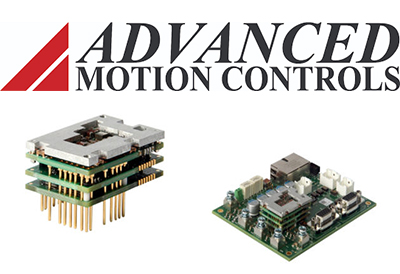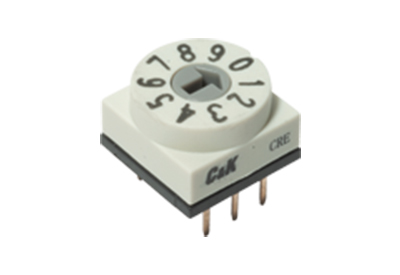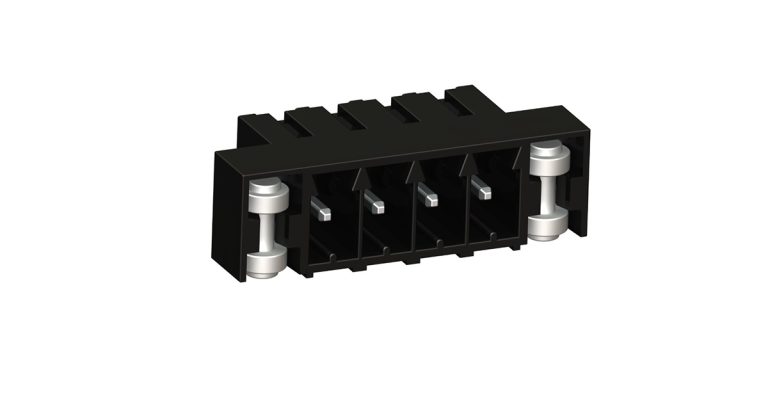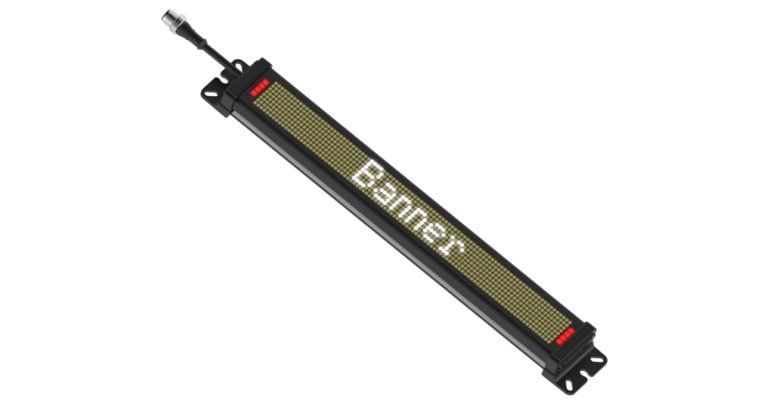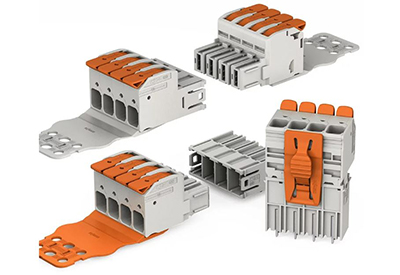Security Cells Protect Against Cyber Threats
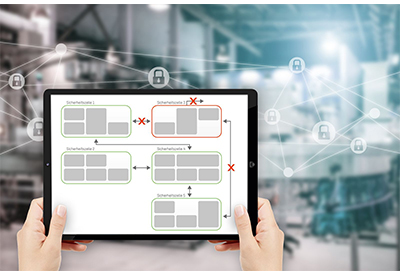
September 22, 2020
B&R’s APROL process control system ensures that manufacturing systems remain secure on the World Wide Web
Connectivity between production and automation systems in process manufacturing and the Internet is constantly increasing. In order to fully protect manufacturing systems against cyberattack, B&R has further enhanced the user management features of the APROL process control system. Distributed, autonomous security cells provide simple yet efficient protection for systems against malicious software and attacks from hackers.
In order to protect extensive manufacturing systems against cyberattack, they are divided into security cells. If one security cell comes under external attack, all other cells can continue to run unimpeded. This minimizes possible damage while simultaneously increasing the availability of the manufacturing system.
Security cells provide effective protection against hacker attacks and cyber threats
To achieve maximum protection, the manufacturing system must first be divided into autonomously functioning process cells. These consist of production-relevant zones, sections, sub-areas or subsystems. One or more of these process cells are then combined into security cells. The flexible client/server architecture of APROL allows up to 64 of these security cells.
LDAP for each runtime server
The advanced multi-runtime server architecture of the APROL process control system ensures that all required systems operate independently. Each multi-runtime server includes its own LDAP server (389 Directory Server) that provides cybersecurity, allowing systems and subsystems within a safety cell to be operated even without an external network connection.

